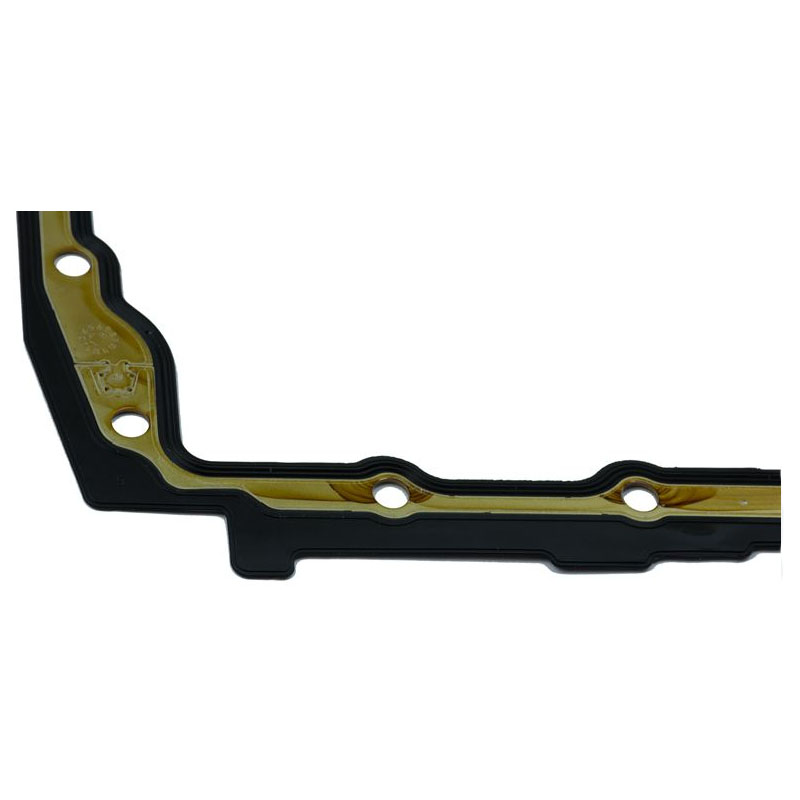Crankshaft Pulley Seal Installation and Maintenance Tips for Optimal Performance
Understanding the Importance of Crank Pulley Seal
The crank pulley seal, often referred to as the crankshaft seal, plays a crucial role in maintaining the integrity and functionality of an engine. Positioned at the front of the engine, it serves as a barrier between the crankshaft and the outside environment, preventing oil leaks and protecting critical engine components from dirt, dust, and other contaminants.
Functionality of the Crank Pulley Seal
The primary function of the crank pulley seal is to contain the engine oil, ensuring that it remains within the engine system. This seal is essential for maintaining proper oil pressure, which lubricates moving parts, minimizes friction, and ultimately promotes efficient engine operation. Without an effective seal, engine oil would leak out, leading to a drop in oil levels and potentially causing catastrophic engine failure.
In addition to preventing oil leaks, the crank pulley seal also helps to keep the engine clean. By preventing dirt and debris from entering the engine, the seal helps maintain optimal performance and longevity of various components. Any contaminants that bypass the seal can cause wear and tear on the engine, leading to increased maintenance costs and reduced reliability.
Signs of a Failing Crank Pulley Seal
crank pulley seal

One of the key challenges with the crank pulley seal is that it can wear out over time due to constant exposure to heat, pressure, and engine vibrations. Drivers may notice several signs that indicate a failing seal. Common symptoms include oil spots under the vehicle, a decrease in oil pressure, and engine noise caused by insufficient lubrication. Additionally, drivers might observe an increase in engine temperature or unusual vibrations, signaling that the seal's effectiveness has been compromised.
Ignoring the warning signs of a faulty crank pulley seal can lead to serious consequences. Not only does it risk major oil leaks that can damage other engine components, but the loss of oil pressure can result in engine seizure. Hence, it's vital for car owners to regularly inspect their vehicles and address any issues promptly.
Replacement and Maintenance
When replacing a crank pulley seal, the process generally involves draining the engine oil, removing the crankshaft pulley, and installing a new seal. Although this might sound straightforward, it often requires specialized tools and knowledge, making it advisable to consult with a professional mechanic.
To prolong the lifespan of the crank pulley seal, regular maintenance is essential. Periodic oil changes, inspections, and ensuring that the engine operates within its temperature limits can help reduce stress on the seal.
In conclusion, the crank pulley seal is a small yet vital component of an automotive engine. Understanding its role, recognizing the signs of wear, and ensuring timely maintenance can significantly enhance the reliability and performance of a vehicle. By paying attention to this often-overlooked part, drivers can prevent costly repairs and enjoy a smoothly running engine.
-
Understanding the Front Main Engine Seal: Purpose, Maintenance, and Installation
News Jul.29,2025
-
Understanding O-Rings and Seal Rings: Types, Applications, and Custom Solutions
News Jul.29,2025
-
Understanding Crankshaft Oil Seals: Rear Seals, Pulley Seals, and Their Role in Engine Integrity
News Jul.29,2025
-
The Importance of Front and Rear Crankshaft Seals in Engine Performance and Oil Management
News Jul.29,2025
-
Crank Oil Seals: Functions, Types, and Cost Considerations in Engine Maintenance
News Jul.29,2025
-
A Comprehensive Guide to O-Rings and Seals: Types, Materials, and Global Applications
News Jul.29,2025
-
Mastering Diesel and Performance Engine Maintenance: A Guide to Critical Oil Gaskets
News Jul.28,2025
Products categories















